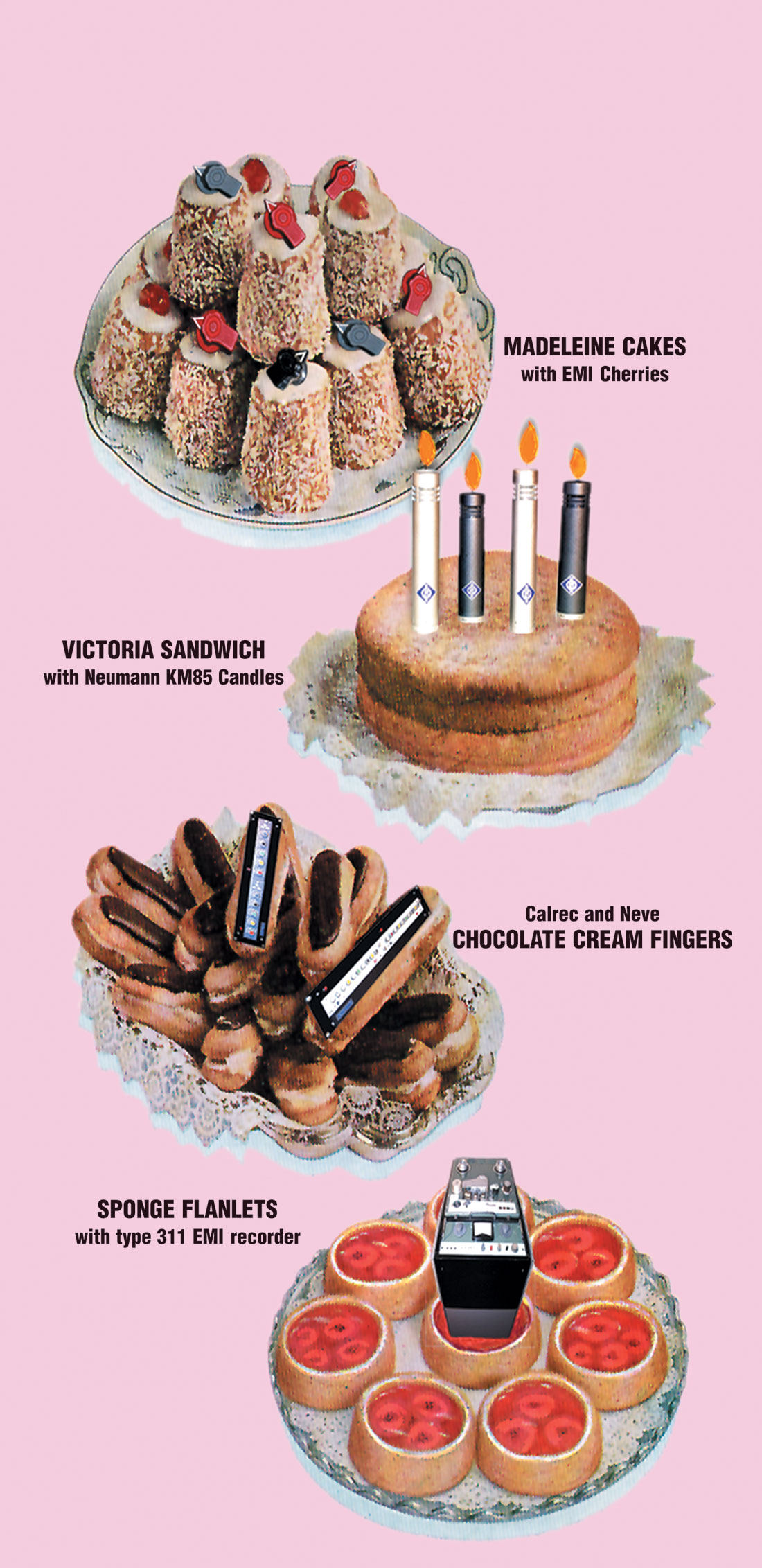I've been outfitting my new studio with various acoustic treatments for the past eight months or so. In my "live" room, I've tried hard to spec out treatments that are easy to mount, unmount, move, and swap, with the goal of an acoustic signature that I change easily. I had a contractor who specializes in building movie sets fabricate a whole bunch of custom gobos, boxes, and hanging dividers for me. They were beautifully made, and they function well. At the same time, I acquired a pair of Freeport freestanding panels. When I give visitors or potential clients a first-time tour of my facilities, they never ask about my custom-made acoustic "furniture," but they always seem to be interested in my Freeports. They usually walk up to them, talk into them at close proximity, crane their head around to look at the back of them, then poke the front of them. I'll admit that I did the same thing the first time I saw a Freeport at a trade show.
Why is the Freeport so interesting? It's just a few sections of high-density foam glued to a 2 ft x 4 ft corrugated-plastic sheet mounted on a stand made up of PVC pipe. Sounds simple, doesn't it? Well, it is simple. But it's executed so well that it looks very cool, and it does a great job of providing "tactical" acoustic treatment.
I find my two Freeports most useful when I'm tracking vocals. They have just the right amount of absorption to tailor the sound of the "room" that makes its way into the vocal mic. Just by varying the placement of the panels around the mic and vocalist, I can make the room sound bigger/smaller, darker/brighter, or harder/softer. At 6 ft tall, the panels will work with most vocalists. You can of course place milk crates (or equivalent) beneath them to temporarily raise them higher. Or you can buy longer sections of PVC pipe (readily available at any hardware store) to make them taller. The Freeports are also useful when tracking acoustic guitar, especially if the guitarist is sitting on a stool-again if you need to vary the sound of the room and if you also want to reduce the amount of vocals reflecting back into the guitar mics. A surprise usage scenario? Room mics for drums. Position so that the plastic side faces the drum kit, and the foam side faces away. Place a mic on the foam side. You'll get less cymbal wash and more "oomph" from the drums. Other uses? Behind your speakers to reduce first reflections coming off the back wall. In front of windows that you don't want to cover permanently. Field recording when you don't have the luxury of a controlled recording environment.
And speaking of using these for field recording, the Freeports are extremely easy to assemble, disassemble, and transport-no tools or instructions required. And if you're a one-man studio operation like I am, you'll appreciate the Freeport's light weight (9 lbs), especially when you're moving the Freeports through small doorways or through the maze of drums, amps, cables, and mic stands that your live room becomes during a tracking session. Also worth noting is the fact that the acoustic foam used for Freeports is impregnated with fire retardant (see the website for details).
Now I kinda wish that I'd had fewer custom-made acoustic panels made and instead invested in a second pair of Freeports. The Freeports not only perform well, but they're so quick to set up. Having a pair of Freeports is like having a variable "intimacy" control for your room that's incredibly easy to tweak.




_disp_horizontal_bw.jpg)